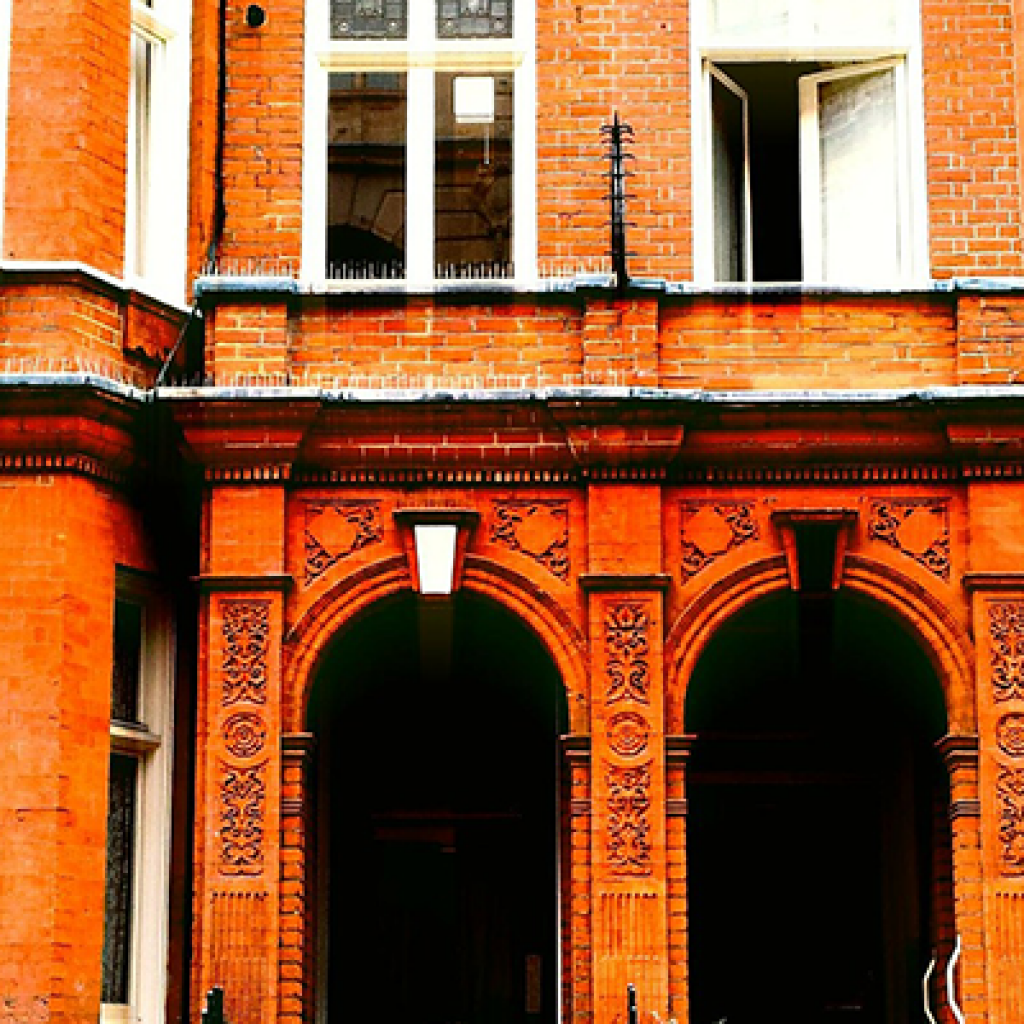The recent case of Orsman v HMRC (2012) highlights the care that should be taken when splitting the sale price of a property between land and chattels, and shows that the question ‘fixture or fittings?’ can still be a difficult one.
In this case Miss Orsman agreed to pay £258,000 to purchase a house and a number of items left behind by the vendor. The price was apportioned so that in the contract it stated that the house purchase price was £250,000 with a chattels price of £8,000.
By splitting the price so that the house purchase price was £250,000 Miss Orsman fell into the stamp duty tax band for properties between £125,000 and £250,000, which makes the property liable for stamp duty at 1%. Accordingly, Miss Orsman paid £2,500 stamp duty on the purchase.
Attached to the sales contract was a fixtures and fittings list, which included items which were easily defined as not forming part of the property. These items included a fridge and washing machine. However, other items on the list were less easy to define as fittings. These included semi-fitted wardrobes, down lights, an electric oven, and ‘up and over’ door and motor unit in the garage.
Following the purchase a Stamp Duty Land Tax return was filed with HMRC by Miss Orsman’s solicitors. HMRC wrote to Miss Orsman to double-check the return, and in response an amended fixtures and fittings list was sent. This showed an apportioned price for each item on the list as well as some extra items. The list totalled £8,000.
One of the extra items included on the list was ‘built-in fitted units with worktop (in the garage) – £800’. The units were not fixed to the walls of the garage but were attached to the worktop. The worktop was attached to battens mounted on the wall.
HMRC argued that these units and worktop in the garage formed part of the land, and were therefore fixtures and should be included in the house purchase price. This would increase the house purchase price to £250,800, which would be liable to SDLT at the higher rate of 3%. HMRC assessed the tax liable on the purchase to be £7,524.
The court held that the apportionment to fixtures and fittings provided by Miss Orsman was not fully unreasonable, but that a number of items on the list were part of the land and so not a separate fitting. It was held that the units and worktop in the garage should have been included in the purchase price for the house and land, and is liable for the additional SDLT.
Miss Orsman was ordered to pay the £5024 outstanding SDLT.
This case shows that although it may be tempting to try to apportion the price of a property in order to minimise stamp duty liability, HMRC are becoming increasingly suspicious of transactions where apportionments are used. This is especially the case when the purchase price is close to a threshold. Although it is perfectly valid to pay a separate price for fittings, these apportionments may need to be justified to HMRC, and the cost for getting it wrong can be thousands of pounds.
Today’s Conveyancer — bringing you the latest conveyancing news and updates




















